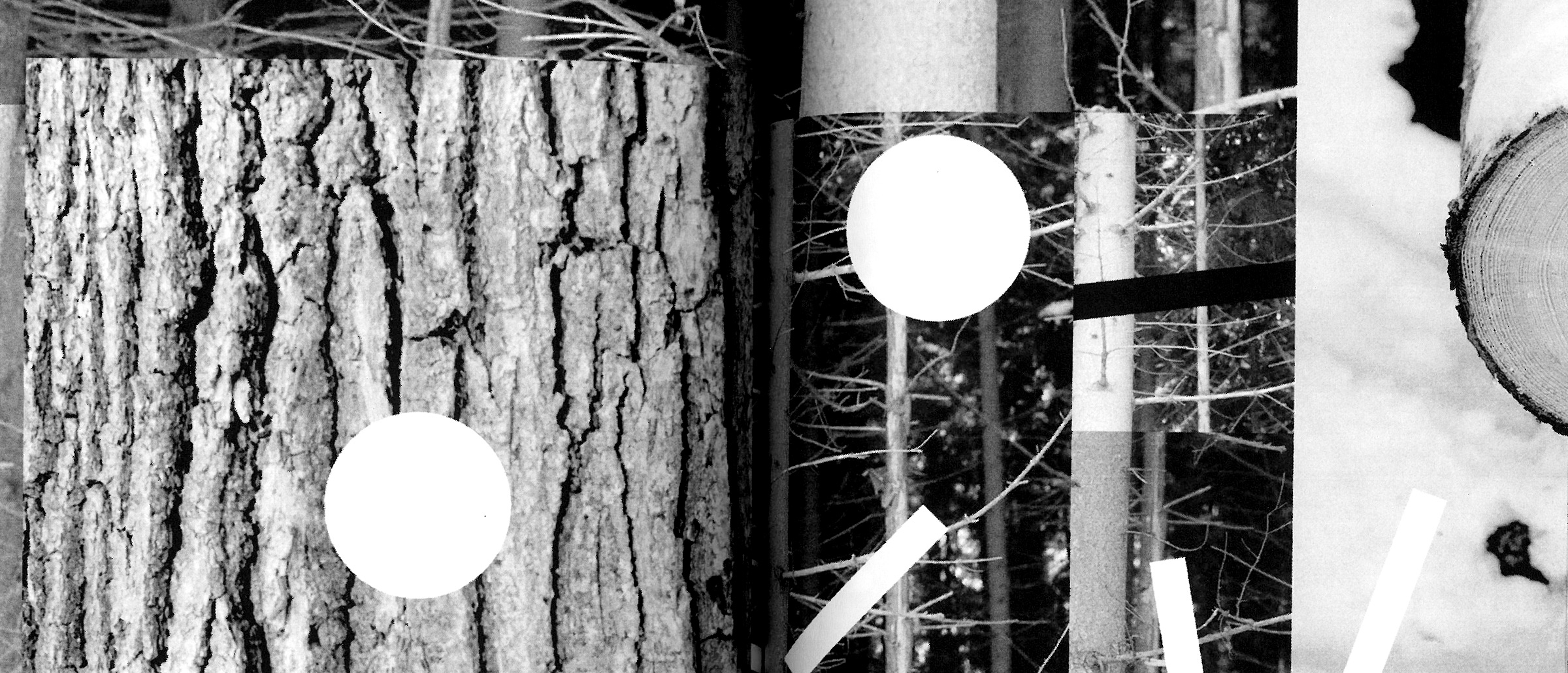Moments of the Sublime: The Flower Photography of Peter Whyte

- Words by
- Ashley Crawford
- Images by
- Peter Whyte
There is a strange irony in the human penchant for displaying cut flowers in the home – or, more poignantly, in the hospital. While said flowers may bring cheer and colour to otherwise bleak surroundings and events, it doesn’t take long for somewhat less cheerful events to occur: The colours begin their inevitable fade; the once solid stems falter and keel; the water within the vase discolours and takes on an odious olfactory presence.



All of this is, of course, a part of the ongoing cycle of birth, growth, reproduction and death – but, beyond that, once the flowers’ beauty has faded, it is compost, pure and simple.
Peter Whyte’s work provides a portal into the contemplation of such cycles. He delves into core of life and mortality, of nature and its portents. And inevitably he does so with strange twists of technique and focus. Many photographic artists have tackled the flower – Robert Mapplethorpe and Irving Penn immediately spring to mind – but while Whyte may allow a nod to the formalism of Mapplethorpe, he takes the subject into his own realm; Whyte is not seeking a formulaic depiction of nature; he is seeking its essence.
Take the Sunflower series. The Sunflower (yes, van Gogh’s favourite) is not so much a flower as a series of flowers clustered into one of nature’s freakishly formulaic patterns, in this case corresponding to the arcane Indian formula of the Fibonacci sequence so beloved of mathematicians. The Sunflower is laden with the curse of complexity, both symbolically and organically. Whyte’s approach to his subjects is similarly suitably wrought; while focus blending his images, he creates a kind of semi-high tech palimpsest, his Sunflower’s are in fact essentially composites; layers of focus which draw the viewer deep within the spirals of the flower(s).
Whyte’s semi-stygian palette enhances this sense of enclosure. Whyte’s singular ‘portraits’ of Sunflowers are executed with a Mapplethorpe-like intensity, however when he broadens his ‘canvas’ to encompass the organic writhing of dying plant life, complete with vase, the imagery takes on a sensibility more akin to Flemish still-life painting or the Chiaroscuro approach of the Renaissance-era. The surrealist author J.K. Huysmans took this sensibility to extremes in his classic 1884 novel À Rebours (Against Nature) in which he describes a funereal banquet in celebration of his protagonist’s personal tragedy – the loss of his virility:
“The dining-room was hung with black and looked out on a strangely metamorphosed garden, the walks being strewn with charcoal, the little basin in the middle of the lawn bordered with a rim of black basalt and filled with ink…. The dinner itself was served on a black cloth, decorated with baskets of violets and scabiosae and illuminated by candelabra in which tall tapers flared…
…The viands were served on black-bordered plates, – turtle soup, Russian black bread,
ripe olives from Turkey, caviar, mule steaks, Frankfurt smoked sausages, game dished up in sauces coloured to resemble liquorice water and boot-blacking, truffles in jelly, chocolate-tinted creams…” 2
Huysmans goes to town on the tonality of blacks, as does Whyte. Most often congealed alongside notions of melancholia, death and nightmares, black can also be strangely celebratory. It is the ‘colour’ of charcoal – humankind’s first tool of art. Its history as a cultural symbol is as rich and varied as its antithesis; the rainbow. Peter Whyte’s work is not simply ‘black’ – it is the culmination of myriad tones of blackness captured by both focus and Whyte’s meticulous approach to lighting. Yes, there is theatre here, and drama aplenty – these are moments in time, slices of a chronology in the inevitable cycle of growth and decay, captured like “tears in the rain” and they are powerfully, potently, sensual.
—
This text is an excerpt from a longer essay by Ashley Crawford on two of Whyte’s 2012 works: Near Death and Imagined Landscapes










